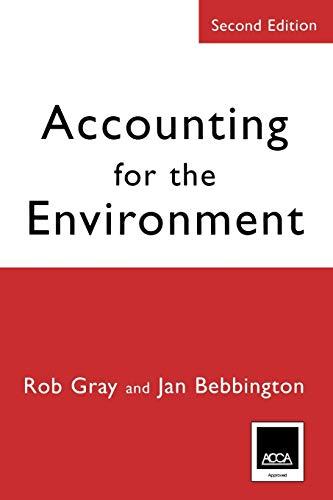Natural Mosaic. Natural Mosaic Company (U.S.) is considering investing Rs 56,000,000 in india to create a wholly owned tile manufacturing plant to export to the European market, After five years, the subsidiary would be sold to indian imvestors for Rs112,000,000, A pro forma income statement for the Indian operation predicts the generation of Rs13,000,000 of annual cash flow, is listed in the popup table, The initial investrnent will be made on December 31,2011 , and cash flows will cccur on Decernber 315t of each succeeding year. Arnual cash dividends to Natural Mosaic from india will equal 75 s of accounting income. The U.S. corporate tax rate is 40% and the Indian corporate tax rate is 50%. Because the Indian tax rate is greater than the U.S. tax rate, anntal dividends paid to Natural Mosaic will not be subject to additional taxes in the United States. There are no capital gains taxes on the final sale. Natural Mosaic uses a woighted average cost of capital of 15% on domestic investments, but will add six perconlage points for the indian investment because of perceived greater risk Natural Mosaic forvcasts for the rupeeidollar exchange rate on December 31 st for the next six years are listed in the popup table, a. What is the net present value and internal rate of roturn on this imvestment from the projects viewpoint?? b. What is the net present value and intemal rate of roturn on this investment from the paronts viewpoint? a. Calculate the cash fows in Indan fupees for years 2011 through 2013 below. (Round to the nearest whole mamber.) Natural Mosaic. Natural Mosaic Company (U.S.) is considering inwesting Rs 56,000,000 in india to create a wholly owned tile manufacturing plant to export to the European market. After five years, the subsidiary would be sold to indian imvestors for Rs 112,000,000. A pro forma income statement for the Indian operation predicts the generation of Rs 13,000,000 of annual cash flow, is listed in the popup table, The initial imvestment will be made on December 31,2011 , and cash flows will occur on December 31 st of each succeeding year. Annual cash dividends to Natural Mosaic from India will equal 75% of accounting income. The U.S. corporate tax rate is 40% and the Indian corporate tax rate is 50%. Because the indian tax rate is greater than the U.S. tax rate, annual dividends paid to Natural Mosaic will not be subject to additional taxes in the United States. There are no capital gains taxes on the final sale. Natural Mosaic uses a weighted average cost of capital of 15% on domestic investments, but will add six percentage points for the Indian investment because of perceived greater risk Natural Mosaic forecasts for the rupeeldollar exchange rate on December 31 st for the next six years are listed in the popup table, a. What is the net present value and internal rate of retum on this investment from the project's viewpoint? b. What is the net present value and internal rate of return on this investment from the parents viewpoint? a. Calculate the cash fiows in indian rupees for years 2011 through 2013 below: (Round to the nearest whole numbeic) Data table Data table










